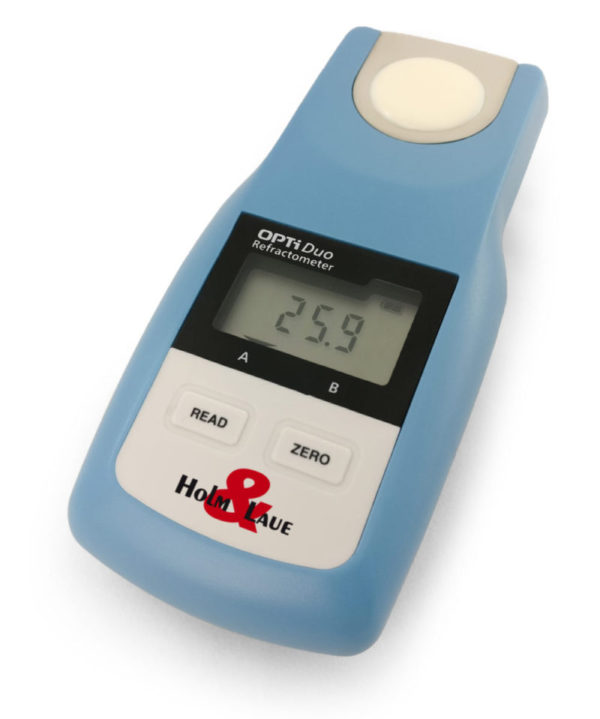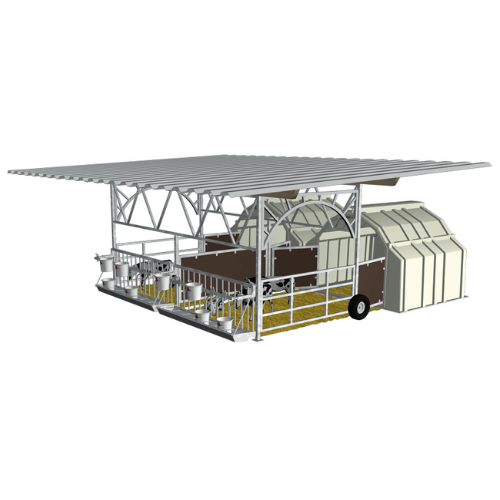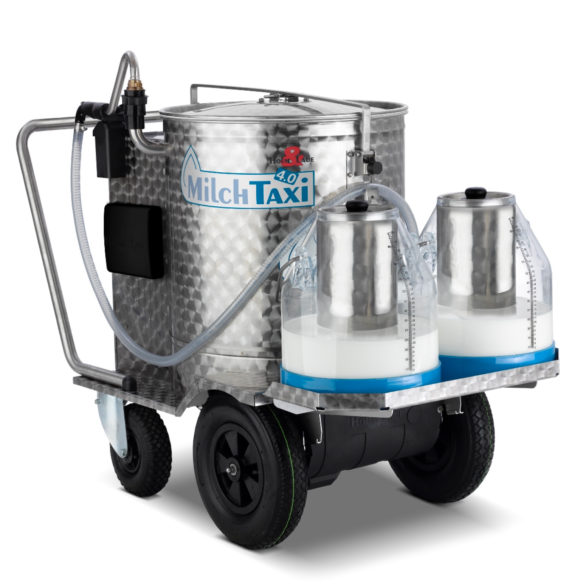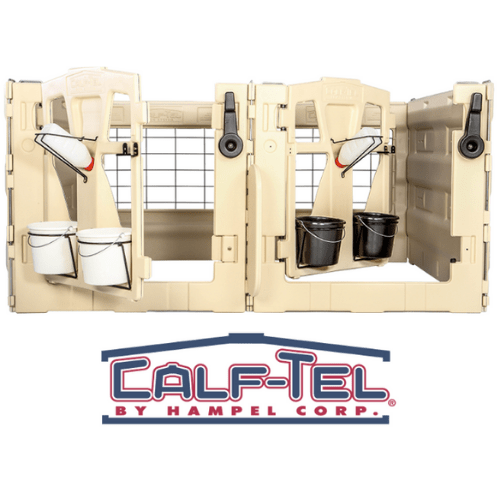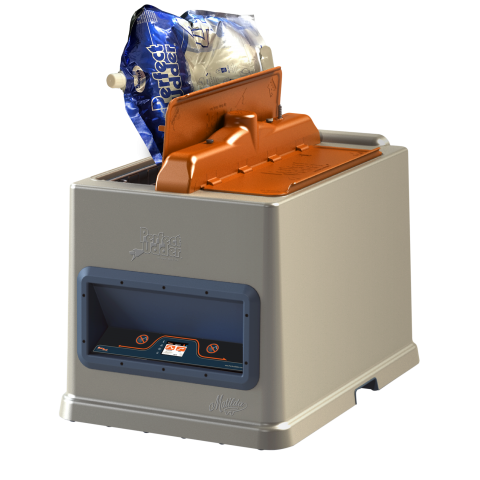Description
A new, simple and pocket-sized tool will now help to assess colostrum quality and therefore lower the risk of failure of passive transfer. The H&L Refractometer works by using light to determine the density of a liquid. Meaning, a sample of the examined liquid such as the colostrum or even blood serum is shined through with a beam of light. Protein in the liquids will cause the light to bend, which in turn will be measured by the refractometer. The tool defines the amount of light that is being bent and therefore estimates the concentration of immunoglobulin (IgG) in colostrum or of total solids in blood serum. The result is displayed in Brix (%Brix).
Preliminary research indicates that a Brix score of 22% (it is equivalent to 50 grams/liter IgG) or higher indicates a good quality of colostrum. If you measure your colostrum sample and find it has a value below 20% it should be considered as poor quality (less than 30mg/ml). Do not feed it to calves during the first 24 hours of life.Measure of quality. Milligrams of IgG in each ml of colostrum:
![]() Very good – 60 mg per ml
Very good – 60 mg per ml
![]() Good – 50 mg per ml
Good – 50 mg per ml
![]() Pure – 30 mg per ml
Pure – 30 mg per ml
Testing Colostrum
Colostrum with an IgG concentration of 50 mg/ml is defined as high quality colostrum. Such value is equivalent to a Brix score of 22% and above. Samples with a measured score below 20% are considered as poor quality and therefore should not be fed to calves within their first 24 hours of life. However, it is still valuable food for older calves.
Testing blood serum
As mentioned above, the H&L Refractometer does not only determine the colostrum quality but can also be used to test the blood serum. As a result, this test will determine whether the passive transfer of immunity was successful or not. If the serum contains 10 mg/ml of IgG (7.8% Brix), the passive transfer can be seen as effective.
Testing total solids in milk
Furthermore, the H&L Refractometer can be helpful, when it comes to feeding whole milk. The dry matter concentration in milk can vary from batch to batch, depending on the amount of colostrum or when water has been added to the milk when milk lines have been flushed in between milkings. In this case, the refractometer measures solids in the milk, so that the nutrient level can be adjusted by adding powdered milk if necessary. To fortify the whole milk with powder, the new Milktaxi 4.0 offers the option SmartMix, an easy calculator which tells the user how much milk replacer needs to be added.

